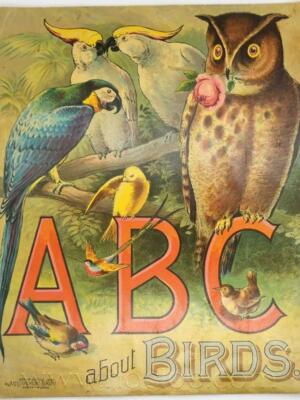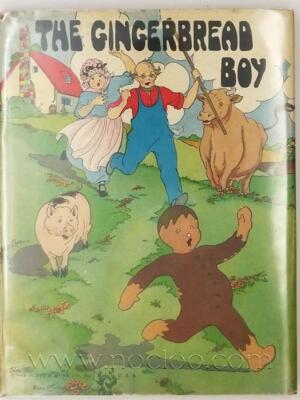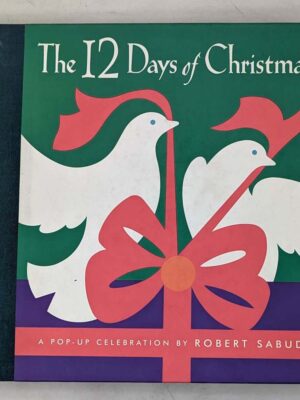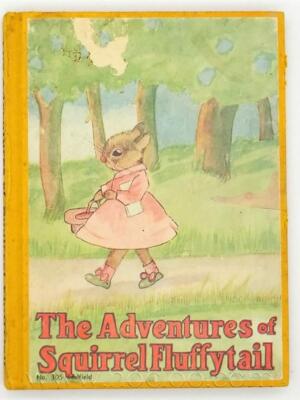Japanese Fairy Tales (illustrated by Warwick Goble, first published in 1909) is a visually stunning collection of traditional Japanese folklore, blending ethereal watercolor illustrations with enchanting stories of magic, honor, and the supernatural. Goble, a celebrated British artist of the Golden Age of Illustration, brings to life tales of mischievous tengu (mountain goblins), graceful kitsune (fox spirits), and brave peasants who outwit demons—all rendered in delicate brushstrokes and luminous colors that evoke the elegance of ukiyo-e prints.
The anthology includes classics like The Mirror of Matsuyama (a poignant tale of a mother’s spirit trapped in a mirror), The Hare of Inaba (a cunning animal’s revenge), and The Tongue-Cut Sparrow (a moral fable about kindness and greed). Goble’s Western interpretation of Japanese aesthetics—flowing robes, misty landscapes, and gold-lit interiors—creates a dreamlike fusion of Eastern tradition and Art Nouveau sensibility. While some modern readers may note the colonial-era romanticism of his approach, the book remains a treasured artifact of cross-cultural storytelling.
A cornerstone of early 20th-century illustrated fairy tale books, influencing Western perceptions of Japanese folklore.
“Goble’s art doesn’t just accompany these tales—it breathes cherry-blossom-scented life into them.” — The Illustrated London News, 1923
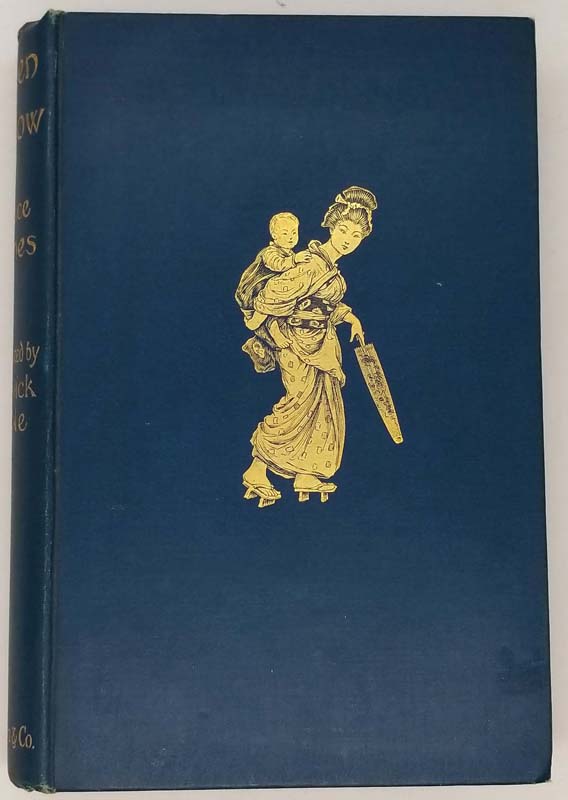
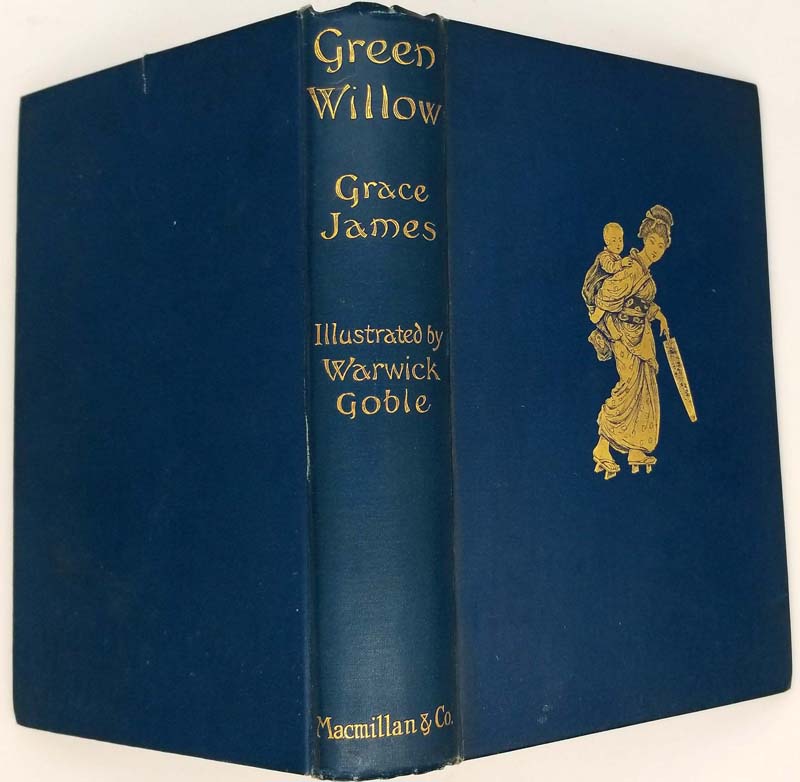
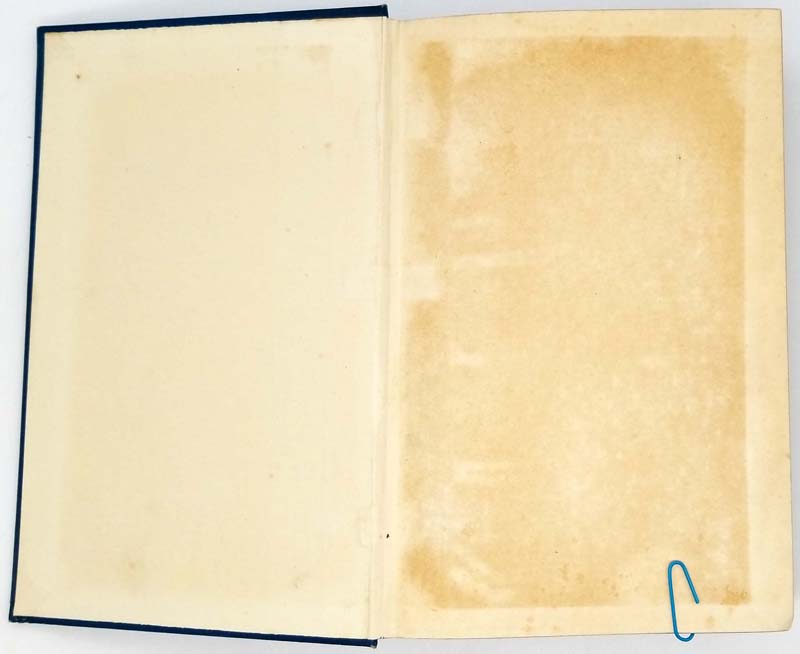
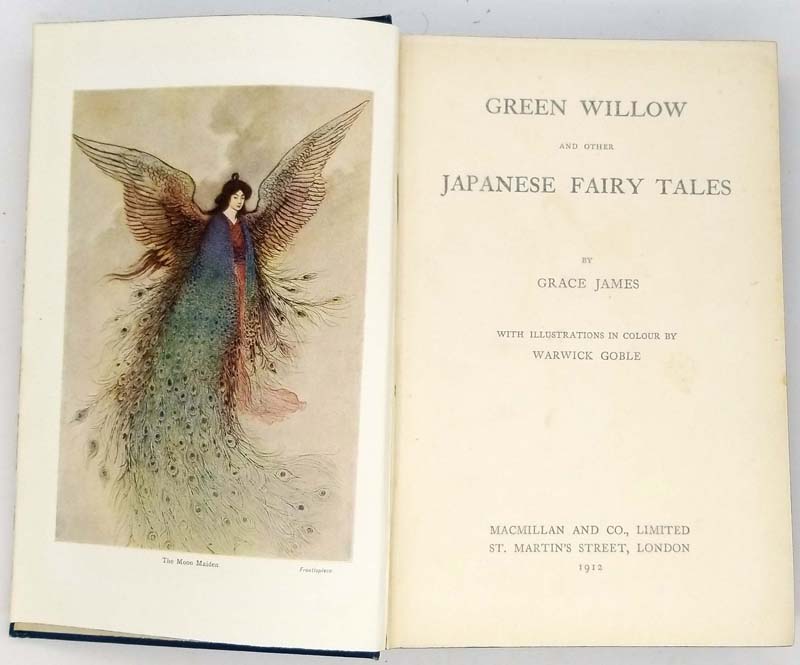
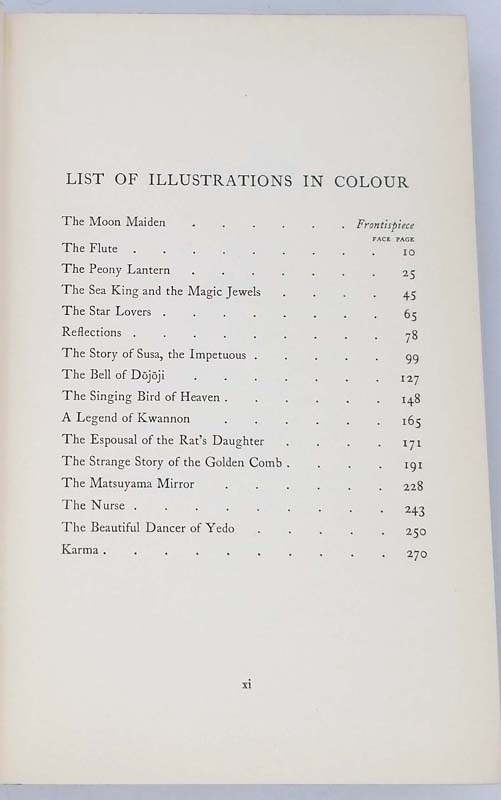
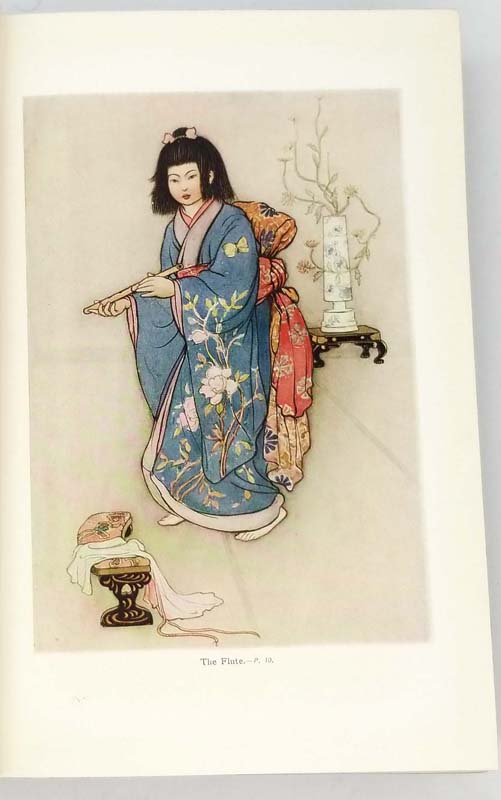
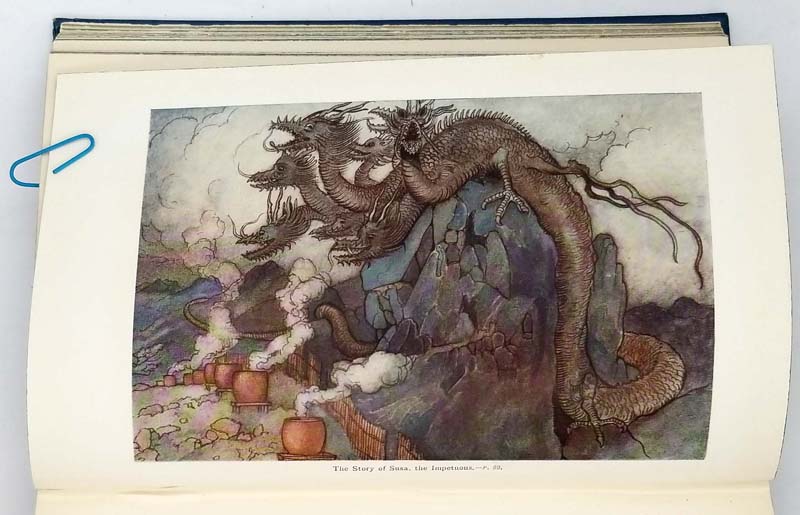
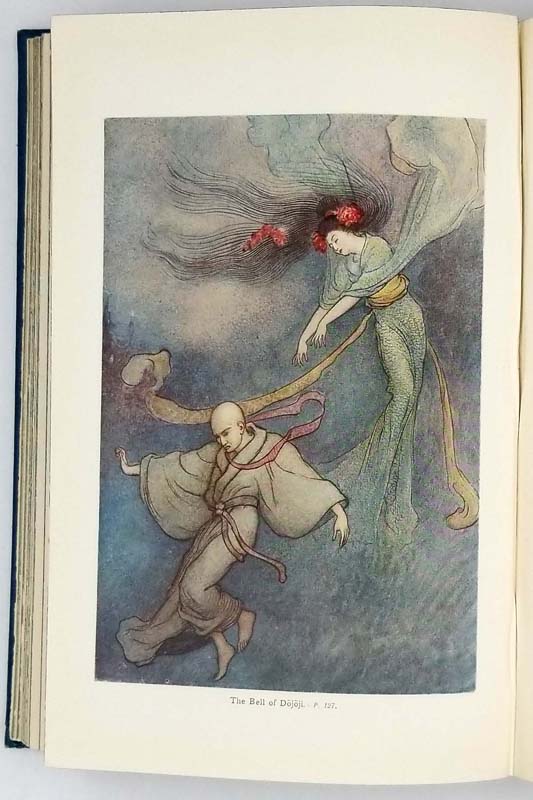
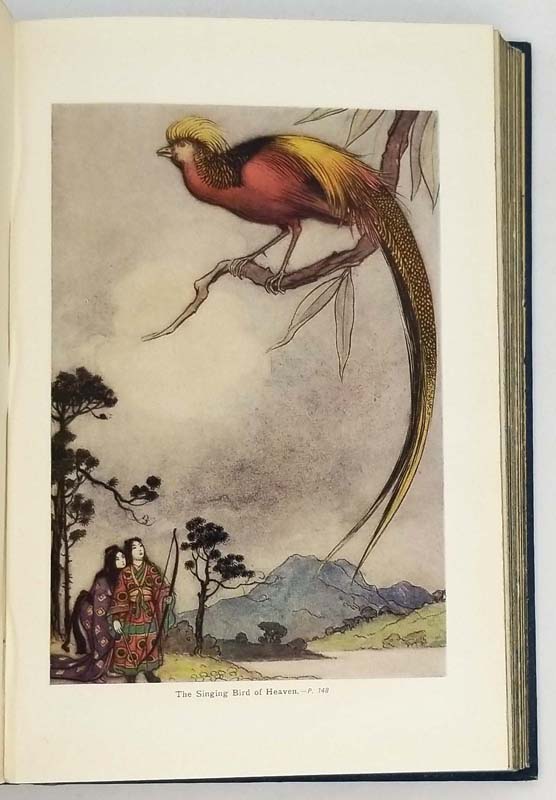
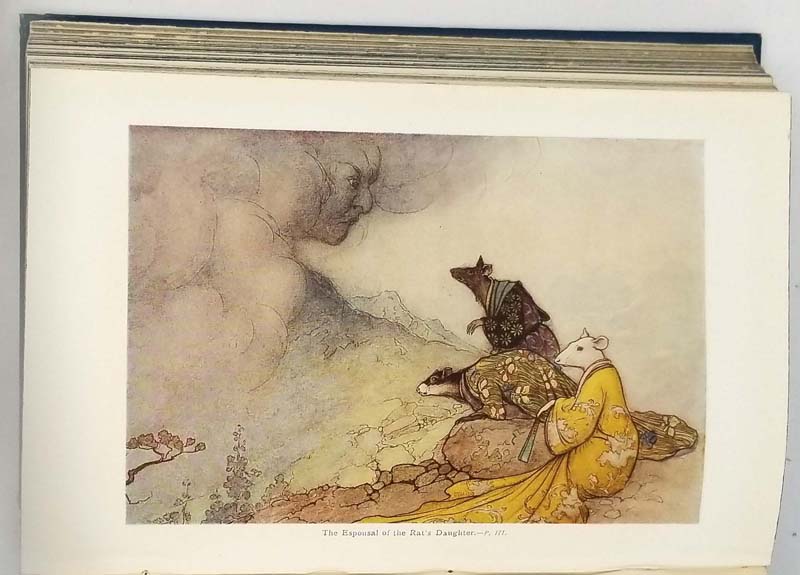
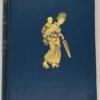
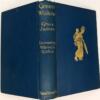
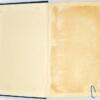
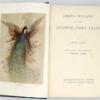
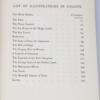
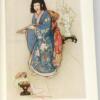

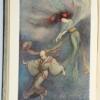
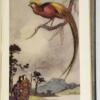
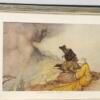
![A.A. Milne - When We Were Very Young 1924. First edition [1]](https://www.nocloo.com/wp-content/uploads/2020/07/aam-young1-300x400.jpg)
